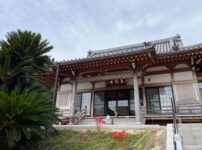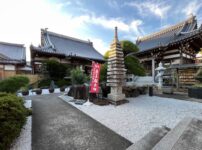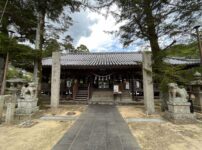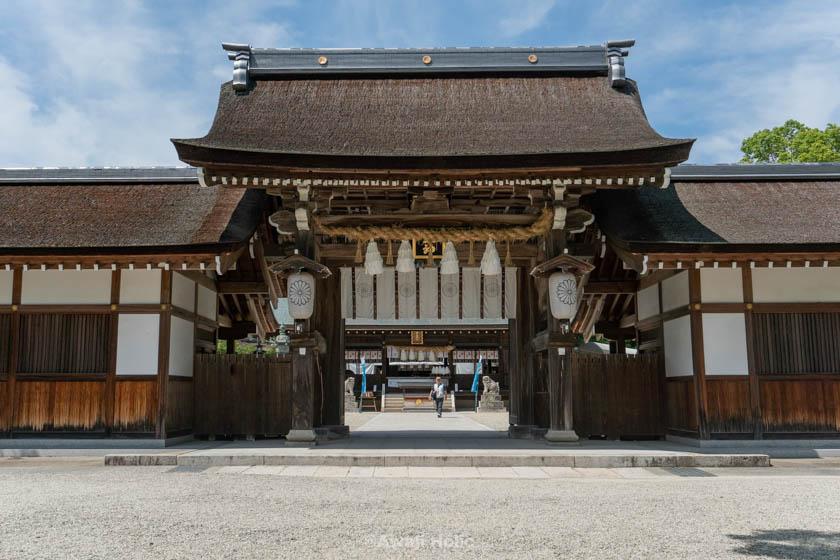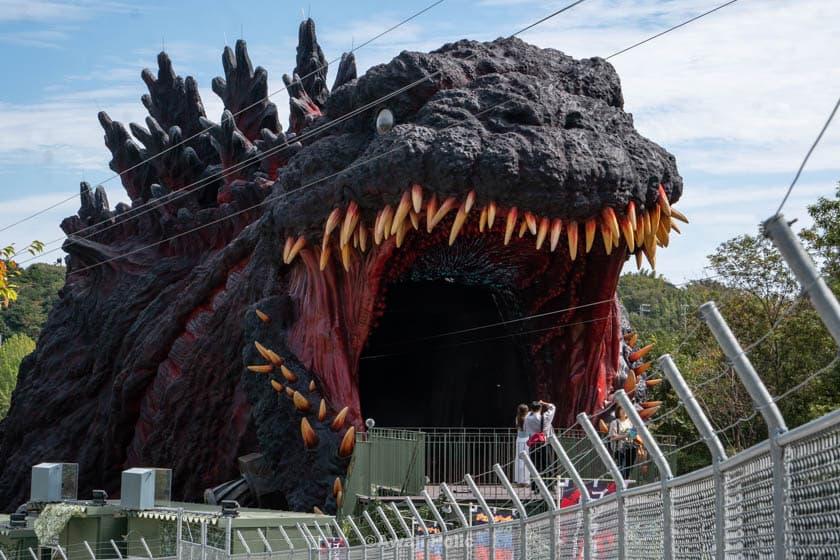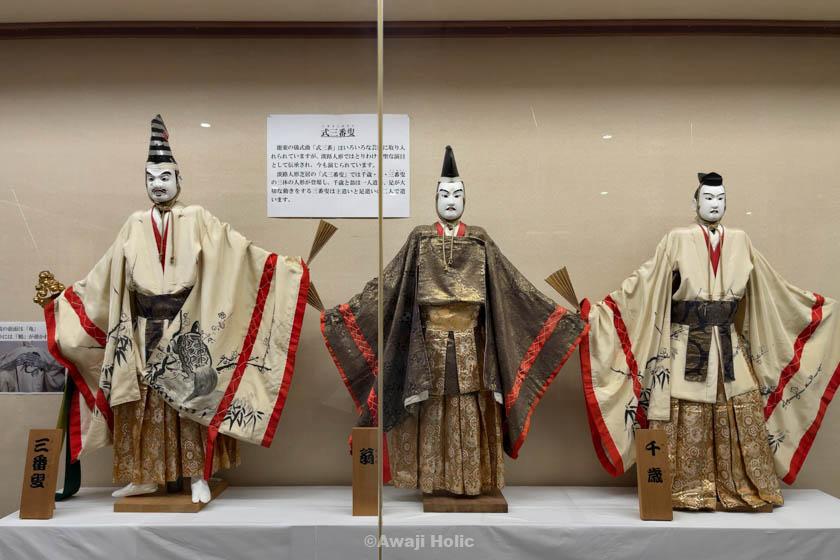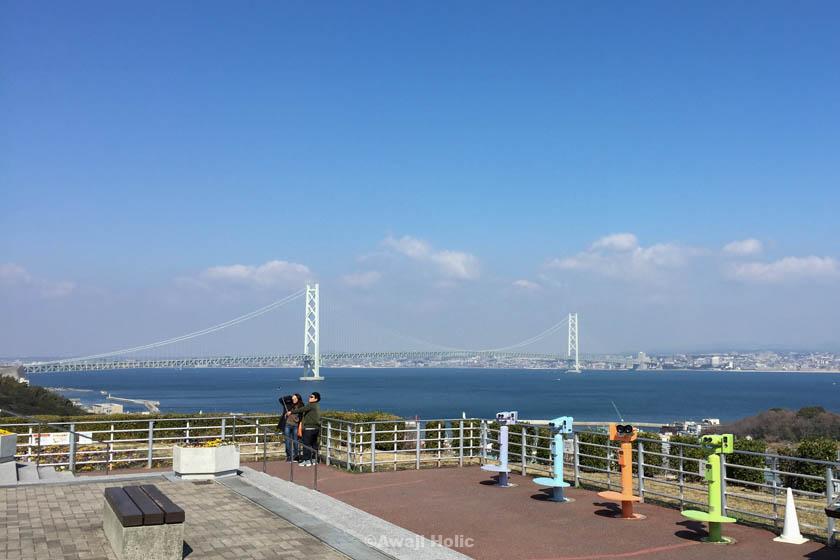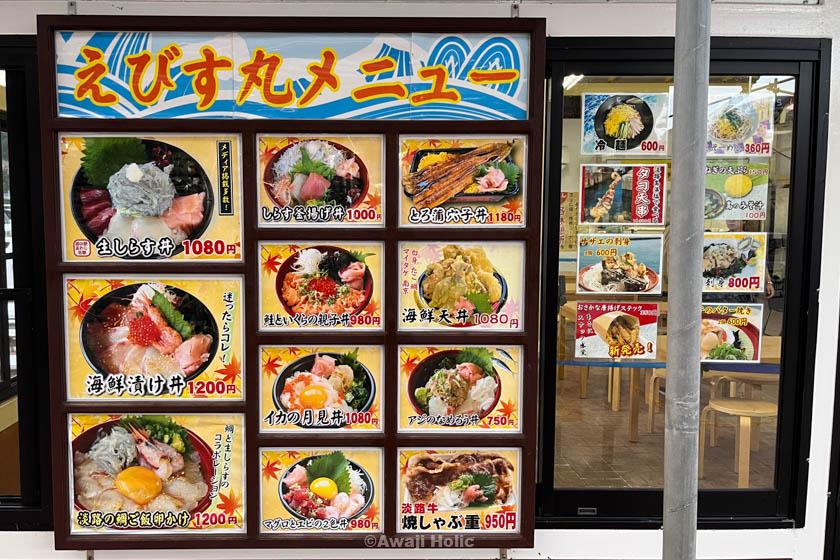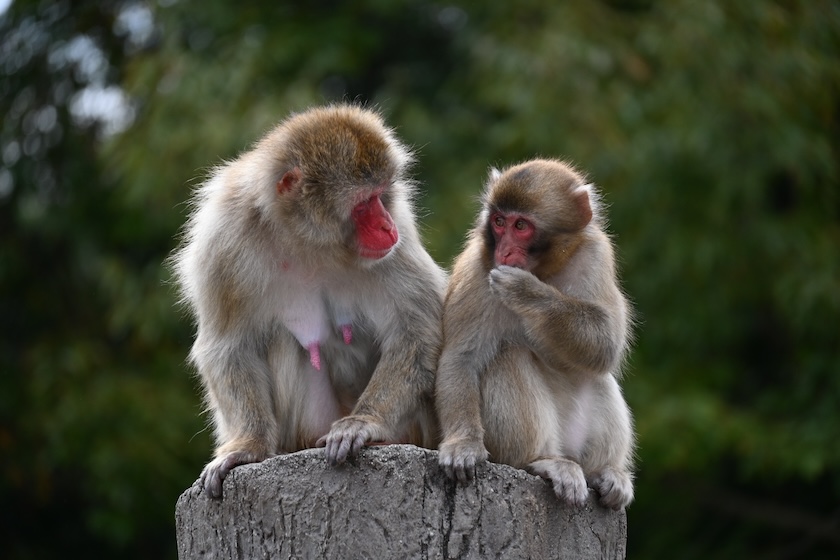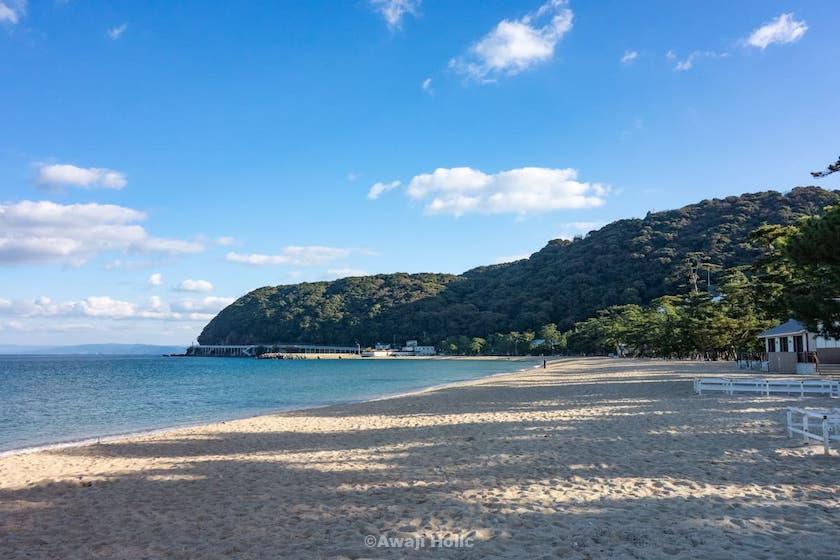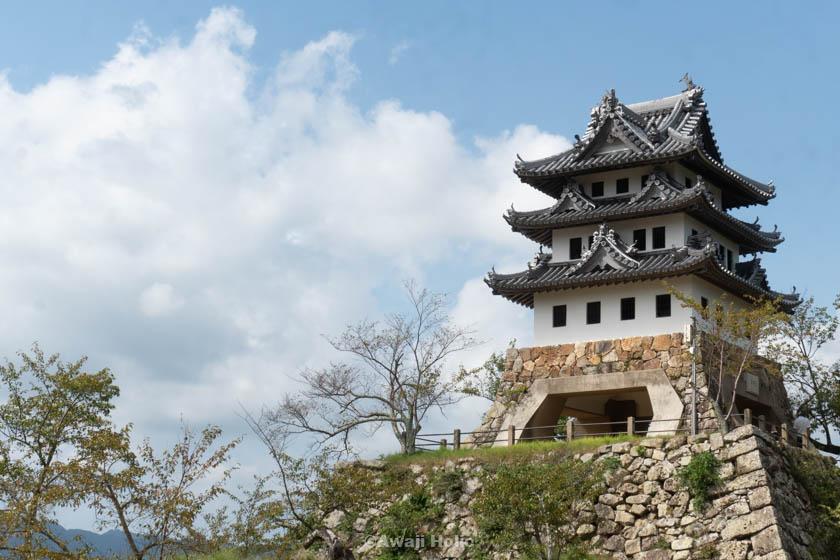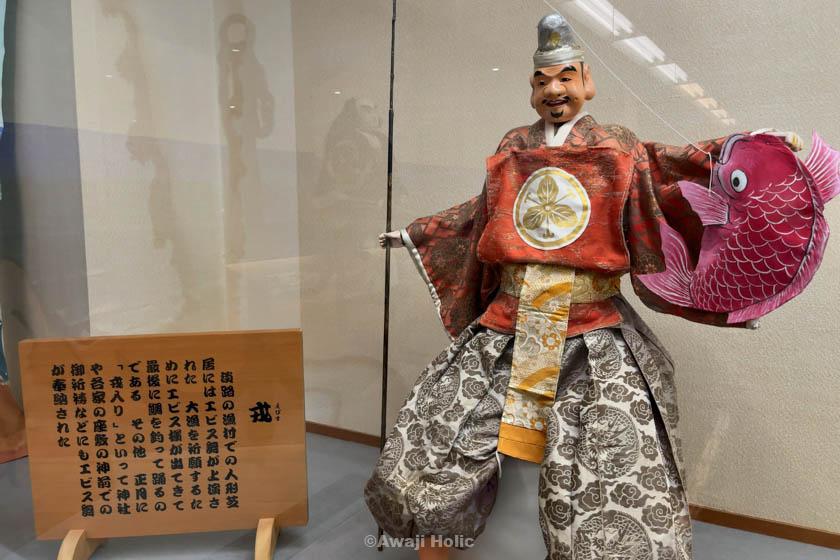Special Feature on Awaji Island Spots
Kakujuji Temple is one of the Awaji Shichifukujin Sacred Sites and is dedicated to Bishamonten (Bishamonten). It is said that this temple was built in 592 during the reign of Emperor Suiko by an imperial decree of Prince Shotoku. The temple had seven imposing buildings on its vast territory and many pagodas. Kakujyuji Temple is considered one of the oldest temples on Awaji Island. Bishamonten, or Bishamonten, is an Indian deity and is considered one of the Four Heavenly Kings of Buddhism. In his left hand he holds the eighty-four thousand Dharma treasures and the twelve texts of the Twelve-Part Sutra, and in his right hand he holds a treasure stick, which is said to drive away evil spirits and bestow treasures. He needs the love of his mother and the compassion of his father; love alone cannot overcome life's difficulties. It is important to keep demons at bay, suppress evil karma and vexations, and live a pure, righteous, and courageous life. It is hoped that the father's mercy and the mother's love will be united so that the family can live in harmony. The history and traditions of Awaji Island are alive and well at Kakujuji Temple. The temple was built during the reign of Emperor Suiko and boasted of its grandeur. Even today, the temple remains important to those who pray for the safety and courage of their families. KAKUJYUUJI Basic Information NameKAKUJYUUJIAddress343 Shaya, Jindai, Minami-Awaji City, Hyogo PrefecturePhone0799-42-0436Official WEB-Opening hours8:00-17:00 (visitation is available 24 hours a day)ClosedNo holidaysAdmissionFree (300 yen worship fee)Parking20 ...
Manpukuji Temple is located on Awaji Island and is dedicated to Ebisu-sama. On the left hand side of Ebisu-sama is a sea bream, a symbol of good fortune, which also means “budding. This represents a good omen or the beginning of happiness. In his right hand, there is a fishing line, which indicates courtesy and the importance of living a single-minded life without hesitation. Historically, the shrine was founded around 770 by a priest who was the tomb guard of Emperor Junin's mausoleum. However, it declined as time went by; it was rebuilt around 1394 by the Gaju clan and continues to this day. The temple enshrines a statue of Dainichi Nyorai and has an unusual style of shumidan. Manpukuji Temple is blessed with good fortune for maritime traffic, fisheries, water and marine commerce, and prosperous business. The temple is also one of the Awaji Seven Sacred Places of Good Fortune, and the deity Emishutai is also enshrined here. MANPUKUJI Basic Information NameMANPUKUJIAddress87-1 Kaju-Kajiya, Minami-Awaji City, Hyogo PrefecturePhone0799-54-0244Official WEBーOpening hours8:00-17:00ClosedOpen all year roundAdmissionFree(300 yen worship fee)Parking30 carsParking feeFreeAccessPublic transportation: 16 min. walk (1.1 km) from Kashubashi (bus), bound for Fukura on the Jukan Line [via Torii].Car: 13 min. drive (6.9 km) from Seitan-Mihara IC
Gokokuji Temple on Awaji Island is part of the Awaji Island Seven Sacred Sites of Good Fortune and enshrines the deity Hotei. This temple is known as a place that brings about family happiness and harmony. This ancient temple was founded by Gyokyo Shonin. The principal image of Dainichi Nyorai, a contused statue of the Buddha, represents the Womb Realm in its benevolent form, and has a history of more than 1,000 years. Gyokyo Shonin practiced Buddhism at Daian-ji Temple in Yamato and later worked as Denryo Daiboji. He made a pilgrimage to Buzen Usa Hachimangu Shrine in 869 and spent more than two years here. This place is a historical site with deep ties to Gyokyo Shonin. Hotei is said to be an incarnation of Yatso Bosatsu, a saint from the Five Dynasties period in China. He symbolizes magnanimity and harmony, and teaches people patience and harmony. Hotei is known for holding treasures that do not belong to him and for his compassionate gifts to those in need. His large earlobes symbolize listening to others and storing up and magnifying what should not be said. Hotei represents the ideal in human relationships. The Hotei Festival is held every April. GOKOKUJI Basic Information NameGOKOKUJIAddress732, Kashuhachiman, Minami-Awaji City, Hyogo PrefecturePhone0799-54-0259Official WEB-Opening hours8:00-17:00 (visitation is available 24 hours a day)ClosedNoneAdmissionFreeParkingYesParking feeFreeAccessPublic transportation: 12 minutes (850m) from Goryo-mae (bus), bound for Fukura on the Jukan Line [via Torii].Car: 8 minutes (5.1kkm) from Seitan-Mihara IC
Chorinji Temple, one of the Awaji Seven Lucky Gods Sacred Sites, enshrines Fukurokuju. The virtues of Fukurokuju include prosperity of descendants (Fuku), wealth (Roku), and health and longevity (Kotobuki). A statue of Fukurokuju made of Awaji Island's specialty Ibushi tiles attracts the attention of many worshippers. This is a temple that grants the fulfillment of great ambitions. In 737, the monk Gyoki built seven halls and enshrined a statue of the eleven-faced Kannon, the principal deity of the temple. This was the origin of Chorinji Temple, which had 12 pagodas and became known as a spiritual center for the spread of Buddhism. In the first year of Engi (901), Michizane Kanbara stayed in this area and made a vow to become the capital of Japan, hence the name “Miyakoji. At Chorinji Temple, a summer festival is held on the auspicious anniversary of the eleven-faced Kannon Bosatsu (eleven-faced Goddess of Mercy), and a heroic “tsukai danjiri” parade is held through the temple grounds. The highlight of this traditional folk entertainment is the sight of the Danjiri, operated by two riders, rolling in all directions and displaying their virtuosity. It has been performed at the National Theatre of Japan in the past and is a valuable local cultural heritage known throughout the country. The Fukurokuji festival is held from January 1 to 15 every year. Chorinji Basic Information NameChorinjiAddress975, Tsuzimantai, Goshiki-cho, Sumoto City, Hyogo PrefecturePhone0799-33-0121Official WEBhttps://www.tyorinji.com/Opening hours8:00 - 17:00 (visitation is available 24 hours a day)ClosedNoneAdmissionFree (300 yen worship fee)Parking50 carsParking feefreeAccessPublic transportation: 10 min. walk (700 ...
Kokubunji Temple is where the statues of Shakyamuni Buddha, designated as a national important cultural property, and Hiten, designated as a prefectural important cultural property, are enshrined. Kokubun-ji Temple was built in 737 by Emperor Shomu, who ordered the construction of three statues of Shakyamuni and the copying of a portion of the Mahannya Sutra, and in 741 by an imperial decree to build temples for monks in each province. The main statue of Shakyamuni Buddha is approximately 3 meters high, making it the tallest statue of Buddha on Awaji Island. It is the only statue in the country that remains from the original construction. The main hall, where the seated statue of Shakyamuni Nyorai, a national important cultural property, is enshrined, was built in the Nara period (710-794), and boasts a history of more than 1,200 years. The statue, which is said to have been created at the beginning of the Nanbokucho Period, has a majestic appearance that recalls the prosperity of the time. In the precincts of the temple, visitors can see the rare Japanese azalea (Keika) and azaleas that were introduced from Toshodaiji Temple in Nara, and around the end of April, the white color of the Keika and the pink color of the azaleas are decorated. AWAJI KOKUBUNJI Basic Information NameAWAJI KOKUBUNJIAddress331 Yagi Kokubu, Minami-Awaji City, Hyogo PrefecturePhone0799-42-4773Official WEBhttps://www.yumebutai.co.jp/Opening hours-Closed-Admission[Entrance fee] 300 yen, special openings twice a year (May 8: Flower Festival, August 1: Lantern Offering Ceremony/light-up at night)Parking5 regular cars, 2 busesParking feeFreeAccessPublic Transportation: 13 min. walk (1 km) from ...
Search for tourist spots on Awaji Island
Area-specific search for Awaji Island
Report on my experience visiting tourist spots on Awaji Island
Site Operator Information

KOJIMA
I lead a dual-life between Awaji Island and another island. While on Awaji Island, I enjoy exploring tourist spots and immersing myself in forest life. I dream of one day organizing guided tours on Awaji Island, so I'm studying and compiling information about its tourist attractions.
